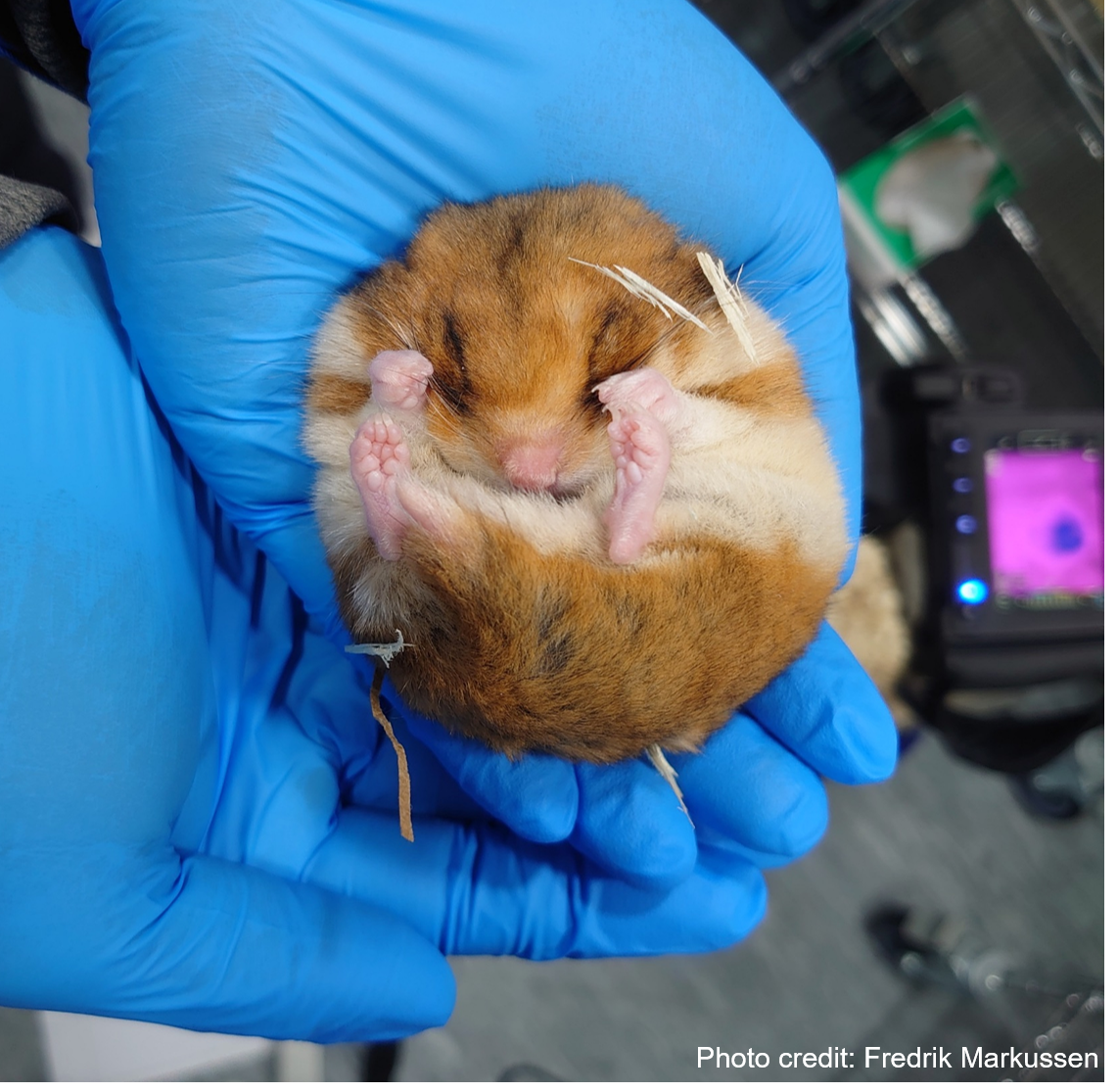Hibernation timer mechanisms
Hibernation is a physiological and behavioural adaptation that permits survival during periods of reduced food availability and low environmental temperatures by reducing energy expenditure. During the hibernation season, energy savings are greatest when animals are in a state of ‘torpor’ (metabolic rate can be as low as 1-2% of basal metabolic rate), and body temperature (Tb) falls to only a few degrees above ambient. Hibernation is a two-stage process, where the first stage is a hormonally-mediated preparative change in seasonal physiological state characterised by fat deposition and sexual quiescence. This is permissive for the second stage, in which T-A cycles continue for several months. To understand hibernation we must consider how seasonal endocrine programming is permissive, and how T-A cycles are regulated.
 This project aims to understand both the seasonally permissive factors which initiate and terminate the hibernation season and how torpor-arousal cycles within the hibernation season are regulated. As a precursor to this work, we have established a new methodology to track body temeprature regulation during hibernation.
This project aims to understand both the seasonally permissive factors which initiate and terminate the hibernation season and how torpor-arousal cycles within the hibernation season are regulated. As a precursor to this work, we have established a new methodology to track body temeprature regulation during hibernation. Our primary model is the Golden hamster (Mesocrisetus auratus) which is a true hibernator with a well defined seasonal physiology. Our major focus is on a key cell type lining the 3rd ventricle, tanycytes, which have a clear seasonal regulation, contact cerebrospinal fluid, blood vessels and project to ket hypothalamic sites governing metabolic feedback.
This work falls under Theme 1 in ASTI.
Members:
Financial/grant information:
Funded by the European Union (ERC, HiTime, 101086671, awarded to Shona Wood). This work was previously supported by grants from the Tromsø forskningsstiftelse (TFS) starter grant TFS2016SW, the fonds Paul-Mandel pour les neurosciences, and the Norwegian research council Aurora travel grant - awarded to Shona Wood.